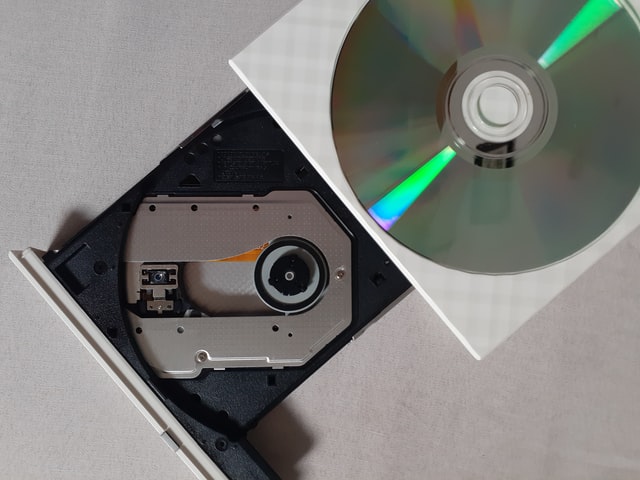

CDs and DVDs often appear identical to the average consumer. Both are ring-shaped plastic discs that can be used to store data — so what makes them different? This is a question we receive quite frequently here at EverPresent, and it’s one we’re excited to answer!
Whether you’re too young to remember when CDs were the primary audio format or you’re familiar with both but aren’t quite sure what separates them in terms of functionality, we’re here to clarify how to tell the difference between a CD and DVD.
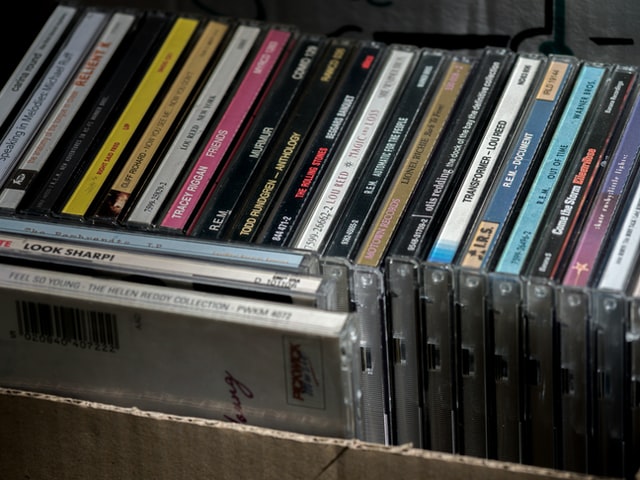
A CD is a plastic disc used to store digital data. When placed in a CD player, the disc spins at a rate of 200-500 rpm and is scanned by a low-intensity infrared laser, which reads a series of microscopic bumps that are then interpreted and converted into sound.
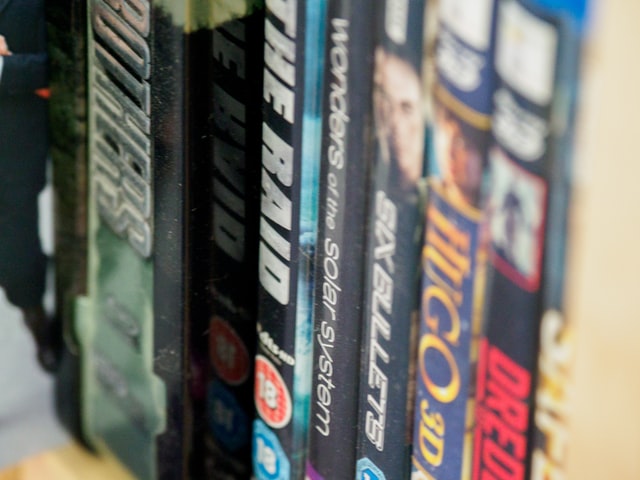
Physically, a DVD (or compact disc DVD) is no different than a traditional CD. The same technology is utilized in both formats and they are essentially identical to the eye. The only variation between a DVD vs CD is in how it functions.
The main difference between CD and DVD is storage format where the CD is an audio storage format while DVD is a universal storage format. Besides that, additional differences are storage capacity, playback ability, and double-side recording available just on DVDs.
There are three key differences you’ll want to know:
A CD can store up to 700MB of data, which is equivalent to 350 JPEG images or 80 minutes of audio. A DVD, on the other hand, can store up to 17 GB — enough to accommodate 5,304 minutes of audio or 6+ hours of video.
How is this possible? The microscopic bumps in a DVD are far smaller and more closely compacted than those on a CD which allows more data to be stored within them.
To be more specific, CDs have spacing of 1.6 micrometers between spiral tracks and 0.834 micrometers between each minuscule bump on the disc. Meanwhile, the tracks of a DVD are 0.74 micrometers apart and its dumps are just 0.4 micrometers apart.
A DVD also has multiple reflective layers that result in even more storage capacity, while CDs have just one layer.
What is the difference between CD and DVD usability in everyday life? It’s important to consider how the consumer can use each format. DVD players are capable of playing both DVDs and audio CDs. (When an audio CD is inserted in a DVD it simply plays through your television speakers.)
CD players, however, are not capable of playing DVDs or the audio contained within them. The only way to listen to or view a DVD is to use a DVD player.
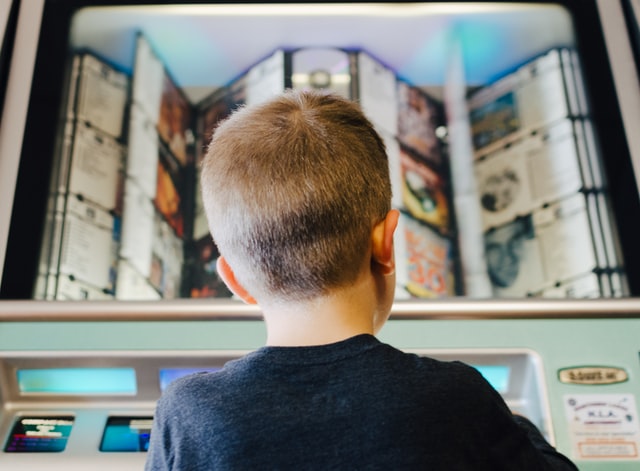
Double layer DVDs (or DVD-9 discs) allow video content to be saved on both sides of a single disc. This is made possible by joining two DVD-5 discs together with a thin, transparent spacer between them. These discs are commonly used for major blockbuster films, with the widescreen version of the movie and special features being stored on one side and the original version on the other.
CDs do not come in double layer format as one side functions as the reflective aluminum layer. To create a dual-sided CD, two discs would have to be fused together, increasing the thickness of the disc and thus rendering it unusable in most CD players.
The ideal format for you will likely come down to how you intend to use your CD or DVD. Now that we have discussed the difference between DVD and CD formats, you likely have a good idea of which would work best for you — but let’s summarize just to really drive the point home.
DVDs are the best option if you want to record or watch video content. They are also the best choice if you want to store a large amount of data on a single disc.
CDs are the better option for single music albums (up to 80 minutes in length) or for smaller amounts of data. They are also ideal if you only have a CD player and not a DVD player.
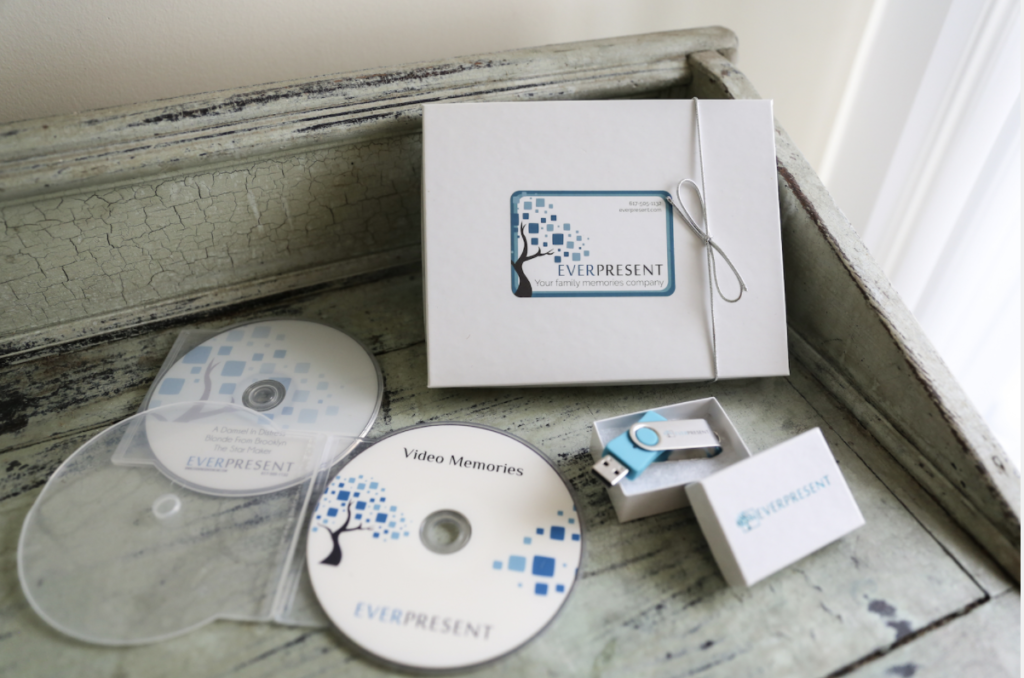
At Everpresent, we help customers convert photos, videos, and files in a wide range of formats to both CDs and DVDs, depending on your unique needs.
We have a team of more than 78 dedicated experts who each possess a deep understanding of the various technologies required to digitally transform tapes, film reels, slides, photos albums and much more. They are also trained and keenly aware of how to best preserve your files, ensuring your original items remain in the condition in which they were received.
We know that family images, collectibles, and videos are among our customers’ most cherished belongings, so we treat every project as if it were our own.
Some examples of digitizing services we offer include:
Do you have a rare vinyl album that you’d love to listen to in your car? We can convert your vinyl record into a convenient, high-quality CD. We work with a wide variety of vinyl types, including 33s, 78s, and 45s.
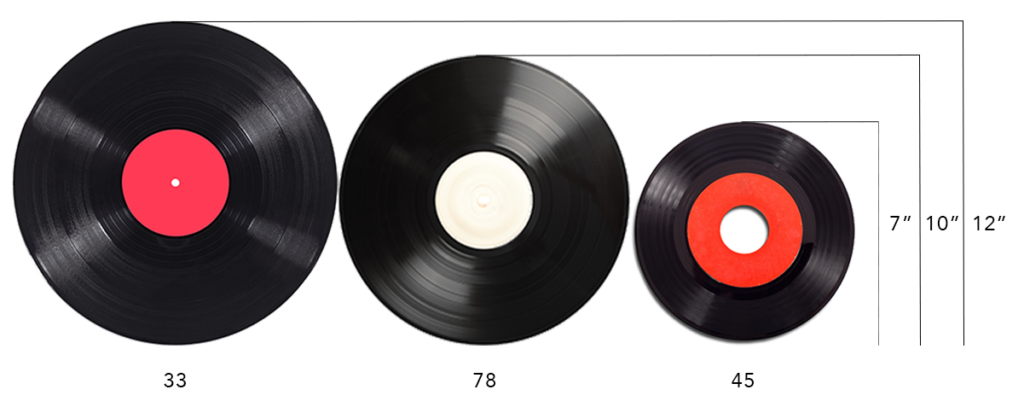
If you’re interested in transforming your old family VHS tapes into modern DVDs, we can ensure you get the absolute best quality and also ensure your original VHS recordings remain safe and intact.
Have you been holding onto heirloom film negatives? We can help you digitize, restore, and organize your negatives, breathing new life into your treasured keepsakes. Images can be saved to a CD or USB, making them easy to view and making it more enjoyable to reminisce upon days gone by.
If you still have questions about the difference between CDs and DVDs, we would be happy to discuss your options with you and help you determine the ideal format for your project. We also offer film to digital service at an affordable price. Why not reach out and get your project started today?
Vanessa Boucher has personally helped over 500 families share memories and history through unique projects as a consultant and Marketing Manager for Brand & Engagement at EverPresent, the nation’s leading digital photo organizing company. A graphic/web designer and crafting enthusiast, Vanessa is one of the thought leaders behind EverPresent’s innovative website and blog, where she shares best practices and tips on topics ranging from digitizing irreplaceable memorabilia to creating stunning photo books